This post may contain affiliate links which means I will get a commission if you make a purchase at no additional cost to you. As an Amazon Associate I earn from qualifying purchases. Please read my disclosure for details.
Food myths have been passed down for generations, shaping the way we think about nutrition, cooking, and health. From old wives’ tales to widely believed misconceptions, many of these so-called “facts” have no scientific backing.
Some myths have even led people to avoid perfectly healthy foods or waste money on unnecessary alternatives. It’s time to separate fact from fiction! Here are 15 common food myths you’ve likely been believing for years.
1. Microwaving Food Destroys Nutrients
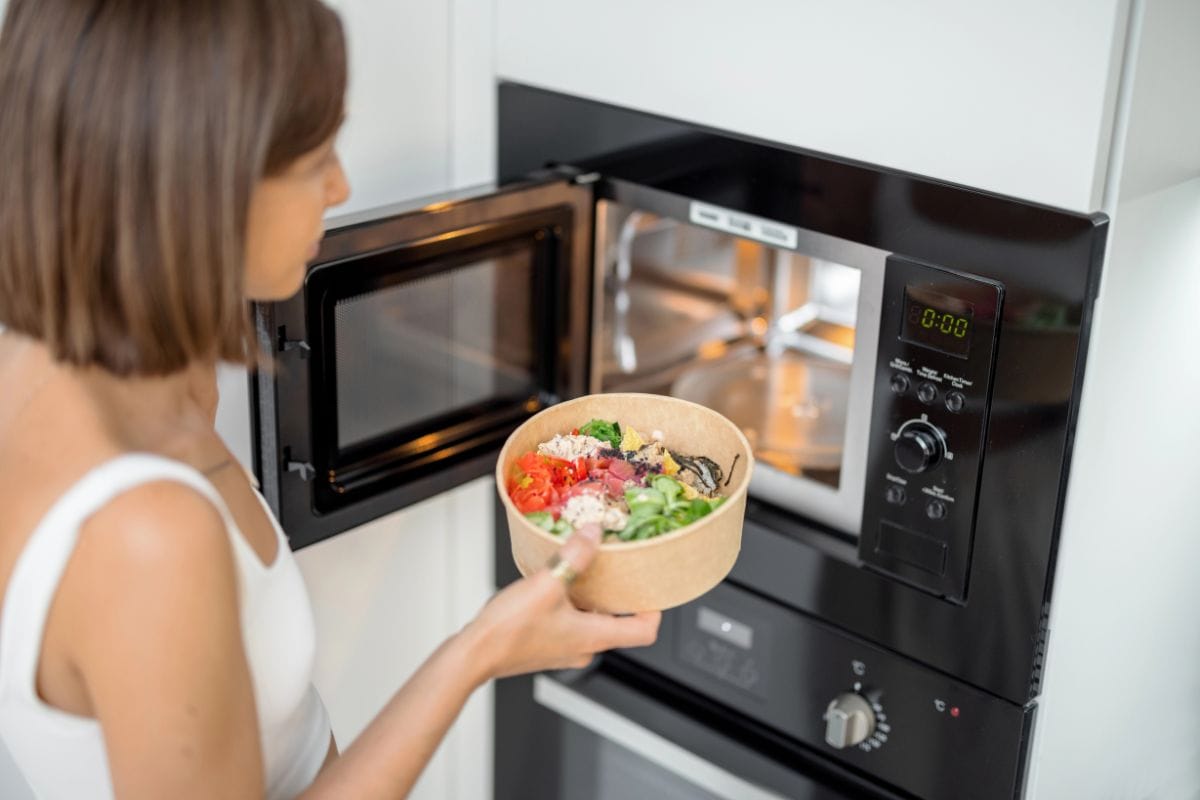
WANT TO SAVE THIS RECIPE?
Many people believe that microwaving food zaps away its nutrients, making it less healthy. In reality, microwaving is one of the best cooking methods for preserving nutrients.
Since it cooks food quickly and with minimal water, fewer vitamins and minerals are lost compared to boiling or frying. The real culprit for nutrient loss is excessive heat and long cooking times, not the microwave itself.
2. Raw Vegetables Are Always Healthier Than Cooked

While raw veggies are packed with vitamins, some vegetables actually become more nutritious when cooked. For example, cooking tomatoes increases their lycopene levels, a powerful antioxidant.
Similarly, cooking carrots, spinach, and mushrooms enhances their nutrient absorption. The key is to use gentle cooking methods like steaming or roasting to maximize health benefits without losing too many vitamins.
3. Eating Late at Night Causes Weight Gain
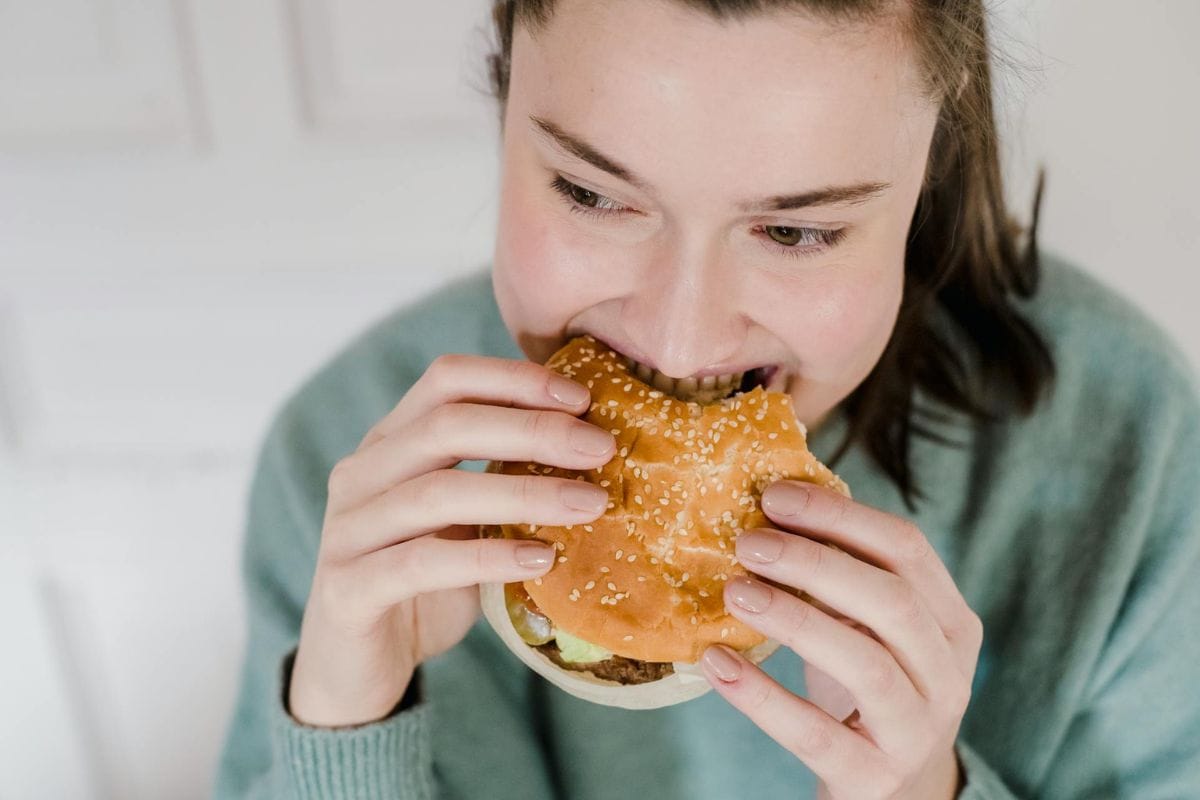
There’s a common belief that eating after 8 p.m. leads to weight gain, but it’s not the timing that matters—it’s the total number of calories consumed.
If you eat more calories than you burn, you’ll gain weight, regardless of when you eat them. Late-night snacking can lead to weight gain if it results in overeating, but the time itself doesn’t magically make food more fattening.
Related Post: 10 Foods That Have Shrunk in Size but Increased in Price
4. Brown Eggs Are Healthier Than White Eggs
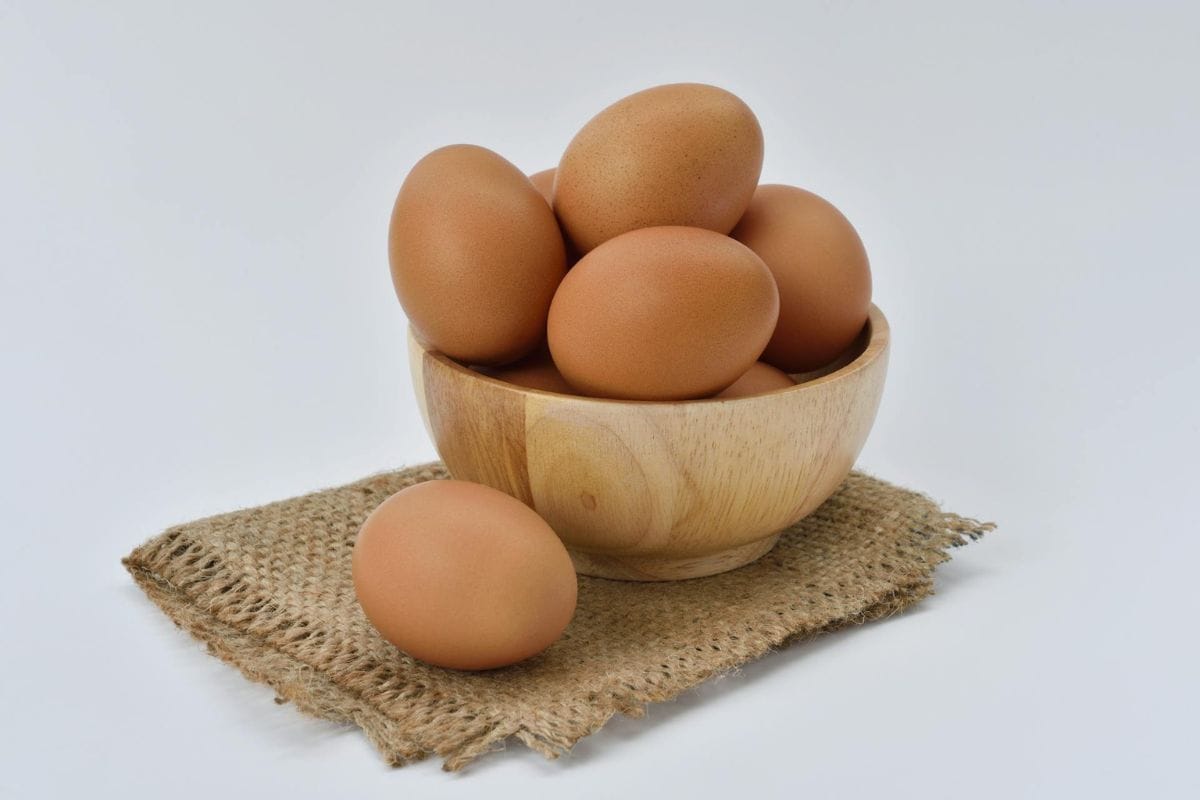
Many people assume that brown eggs are more nutritious than white eggs, but the only difference is the shell color, which depends on the breed of the hen.
Nutritionally, brown and white eggs are identical unless the hens were fed a specific diet, such as omega-3-enriched feed. If you’re paying extra for brown eggs thinking they’re healthier, you might be wasting your money.
Related Post: 7 Reasons Veganism Isn’t the Ultimate Answer
5. Frozen Fruits and Vegetables Are Less Nutritious Than Fresh
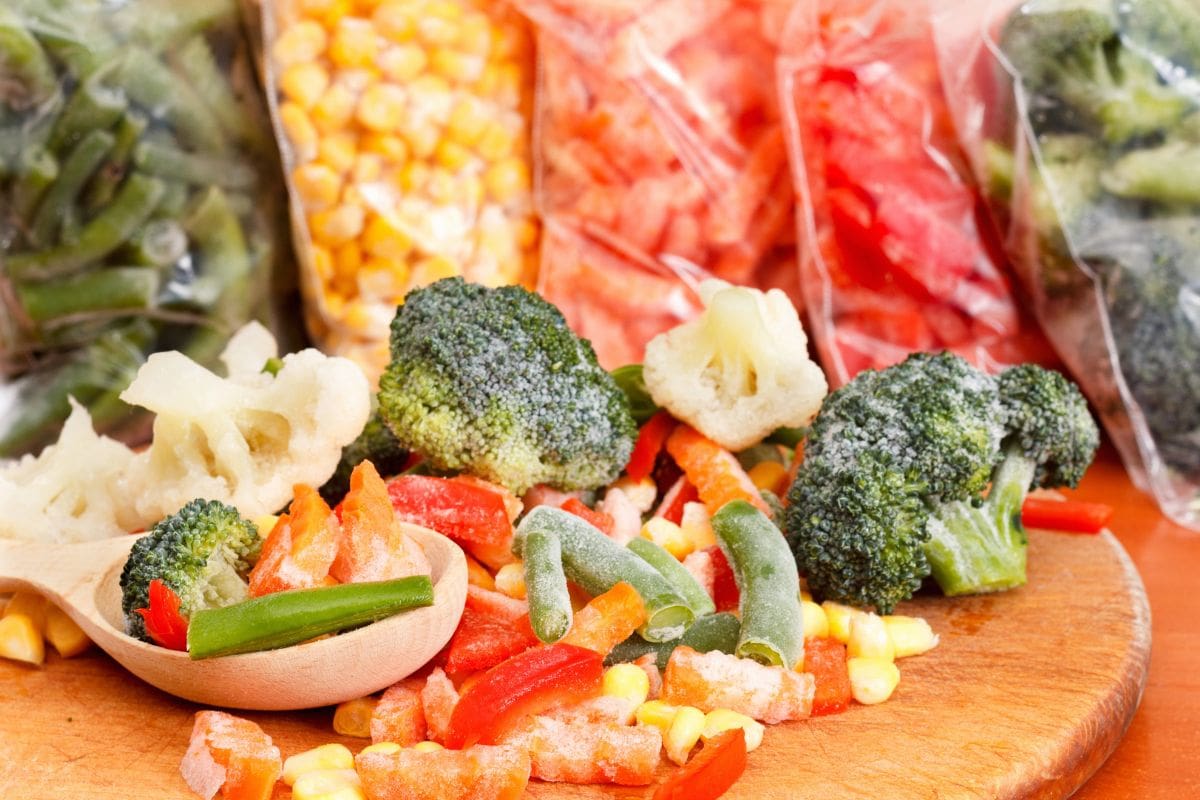
While fresh produce is great, frozen fruits and vegetables are often just as nutritious—sometimes even more so! Freezing preserves nutrients, and many frozen veggies are flash-frozen at peak ripeness, locking in vitamins and minerals.
On the other hand, fresh produce often loses nutrients during transportation and storage. If you’re worried about nutrition, frozen produce is a convenient and healthy option.
Sign up now to receive our exclusive e-cookbook filled with top-rated recipes for FREE!
6. Carrots Improve Your Eyesight
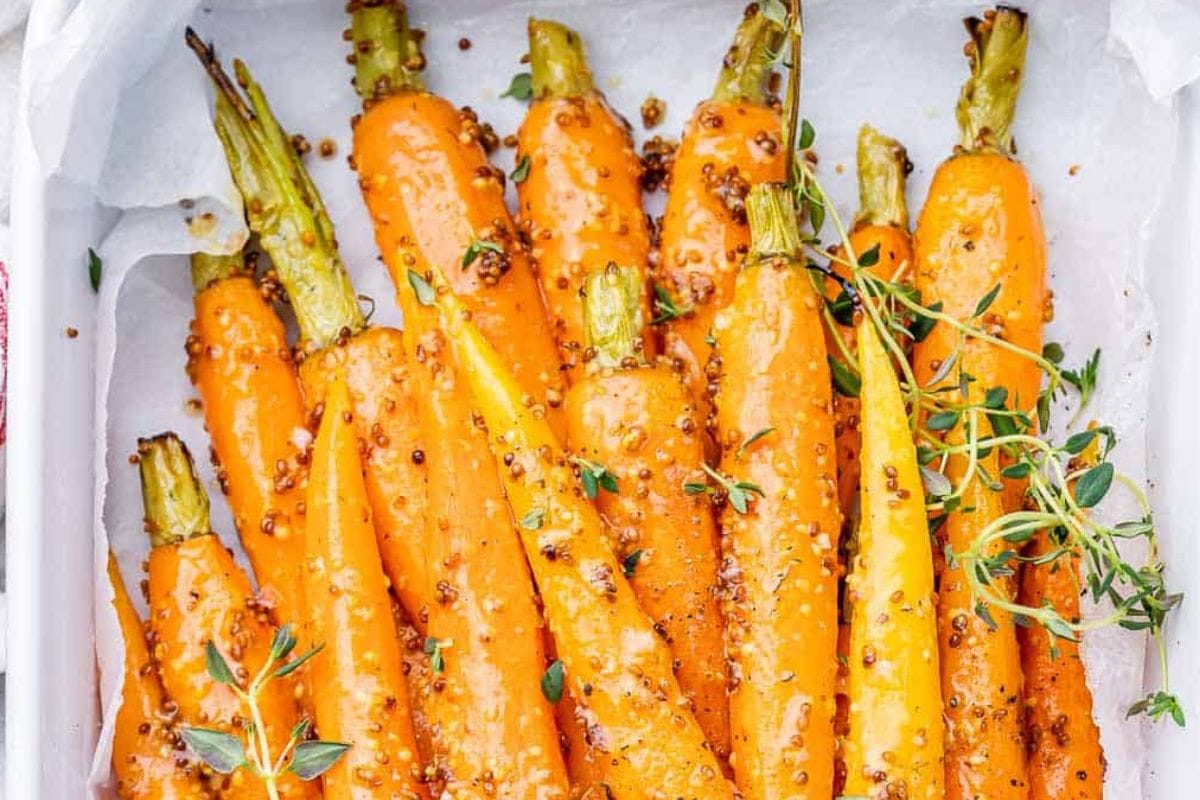
You may have been told to eat your carrots to improve your eyesight, but while carrots contain vitamin A, which is essential for eye health, they won’t give you superhuman vision.
This myth originated as wartime propaganda, exaggerating the benefits of carrots to mislead enemy forces. While vitamin A deficiency can lead to night blindness, eating excess carrots won’t give you sharper vision than normal.
Related Post: 15 Quick Meals That Pack Bold Flavor in No Time
7. Sugar Causes Hyperactivity in Children

It’s a widely held belief that sugar makes kids hyper, but multiple scientific studies have debunked this myth. The excitement children display after consuming sugary treats is more likely due to the environment—think birthday parties or holidays—rather than the sugar itself.
While excessive sugar isn’t healthy, it doesn’t directly cause hyperactivity or ADHD. Parents may just be noticing normal high-energy behavior.
Related Post: Your Picnic Might Be Doomed If You Pack These 11 Foods
8. Dairy Is the Only Source of Calcium

While dairy products are rich in calcium, they’re not the only source. Plenty of plant-based foods like almonds, tofu, kale, chia seeds, and fortified plant-based milk provide just as much, if not more, calcium.
People who are lactose intolerant or follow a vegan diet can still get enough calcium by incorporating these foods into their meals. Dairy is great, but it’s not the only option.
Related Post: The 13 Worst Sandwich Toppings, In My Opinion
9. Cooking With Olive Oil Is Always Healthy

Olive oil is often praised as a heart-healthy fat, but using it at high temperatures can lead to oxidation, producing harmful compounds.
Extra virgin olive oil is best used for drizzling over dishes or low-heat cooking. If you’re frying or searing at high heat, oils with higher smoke points like avocado oil or ghee are better choices. Olive oil is great—just use it wisely.
Related Post: 15 Genius Ways to Add More Protein to Meals Without Breaking the Bank
10. Gluten Is Bad for Everyone
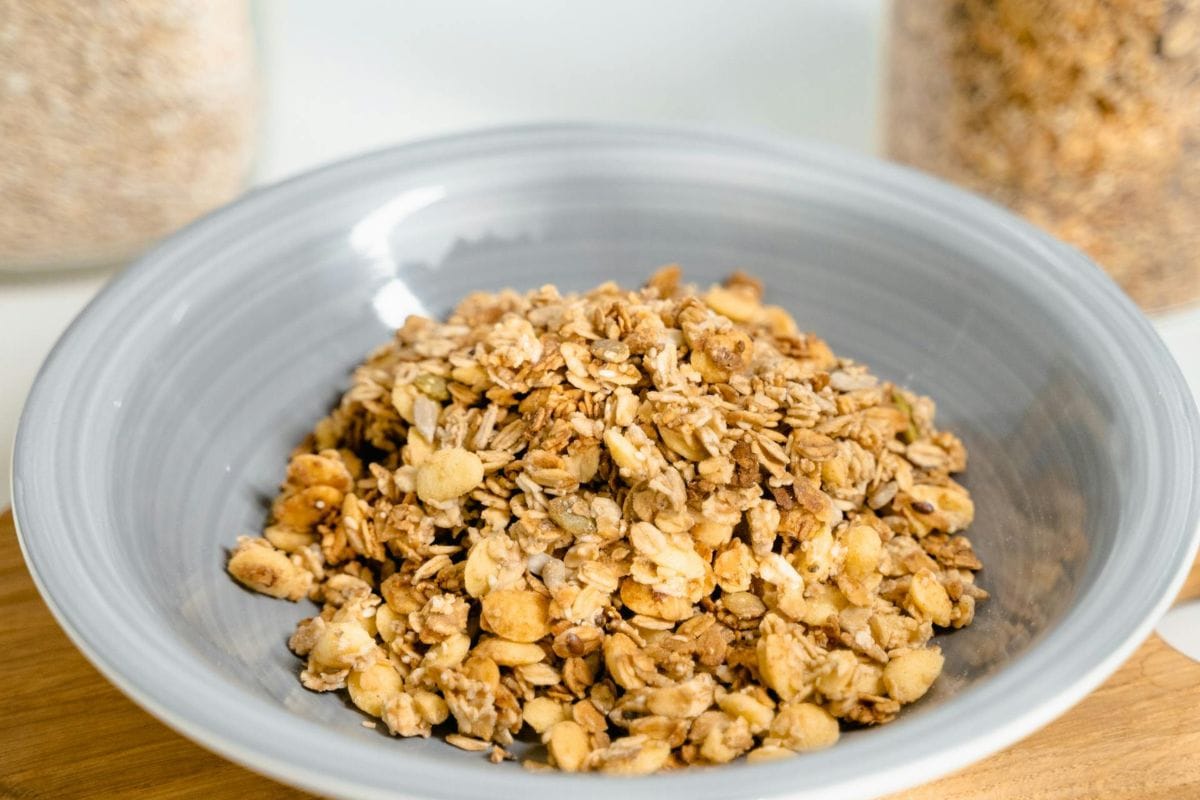
Gluten has been demonized in recent years, but unless you have celiac disease or a gluten intolerance, there’s no reason to avoid it. Whole grains containing gluten, like wheat and barley, provide essential fiber, vitamins, and minerals.
Cutting out gluten unnecessarily can limit your diet and cause you to miss out on valuable nutrients. Unless a doctor advises you to avoid it, gluten isn’t the enemy.
Sign up now to receive our exclusive e-cookbook filled with top-rated recipes for FREE!
11. You Should Drink 8 Glasses of Water a Day

The “8 glasses a day” rule isn’t a one-size-fits-all recommendation. Hydration needs vary based on age, weight, activity level, and climate.
Many foods, such as fruits and vegetables, contribute to daily water intake, and some people naturally require more or less water. The best approach? Listen to your body—if you’re thirsty, drink water. If not, you’re likely getting enough hydration.
Related Post: 15 Unexpected Costs When Dining Out
12. Salt Is Always Bad for You

Salt has been blamed for high blood pressure and heart disease, but not all salt is bad. Your body needs sodium for essential functions like nerve transmission and muscle contractions. The real issue is processed foods loaded with excessive sodium.
If you cook fresh meals at home and use salt in moderation, it’s not harmful. The key is balance—too much or too little can both be problematic.
Related Post: 15 Most Overlooked Items in Your Spice Rack
13. All Fat Is Unhealthy
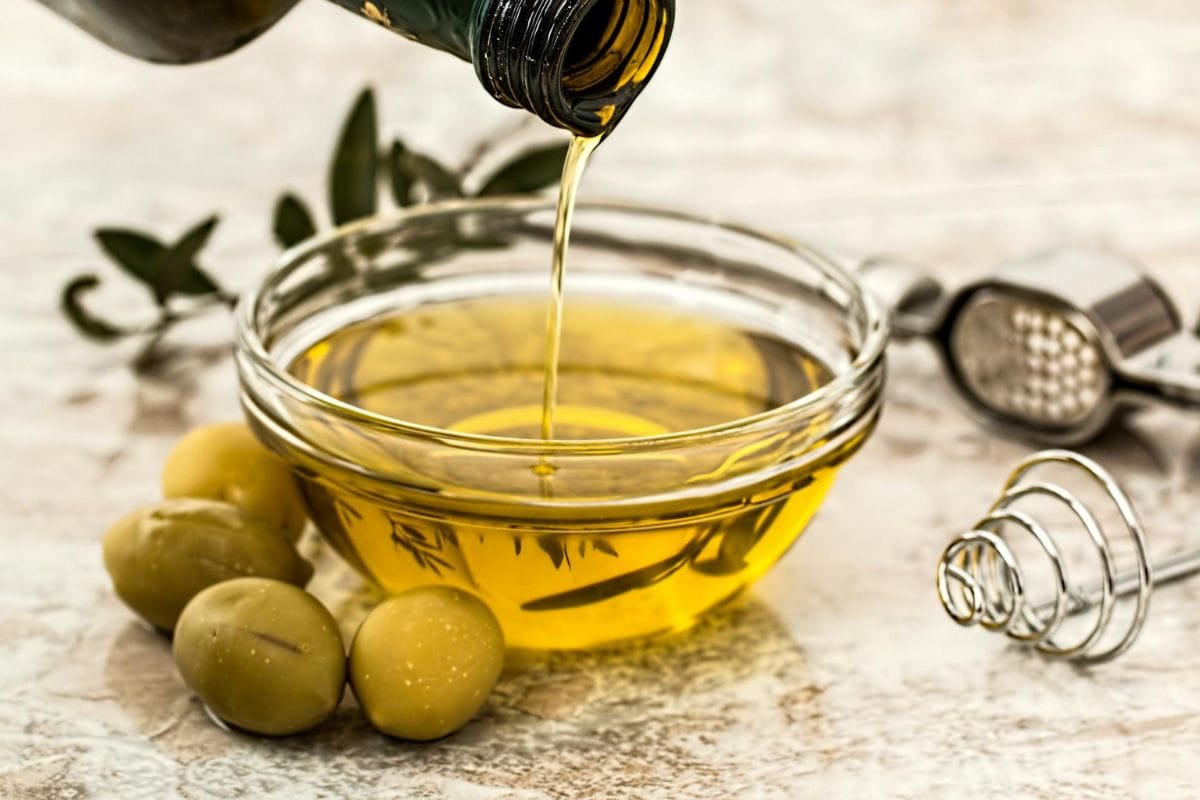
For years, fat was vilified as the cause of weight gain and heart disease, but not all fats are created equal.
Healthy fats from sources like avocados, nuts, olive oil, and fatty fish are essential for brain function, hormone production, and overall well-being. Trans fats and excessive saturated fats are the ones to avoid. Instead of fearing fat, focus on choosing the right kinds.
Related Post: 15 Signs Your Leftovers Are No Longer Safe to Eat
14. Natural Sugar Is Better Than Processed Sugar

Many people believe that honey, agave, or coconut sugar are healthier alternatives to white sugar, but your body processes them in similar ways. While natural sweeteners contain trace nutrients, they still contribute to blood sugar spikes and should be consumed in moderation.
No matter the source, excessive sugar intake can lead to health issues. The key is balance, not the type of sugar you choose.
Related Post: 15 Food Label Terms That May Be Misleading You
15. Eating Fatty Foods Causes Acne

It’s been a long-standing myth that greasy foods lead to breakouts, but acne is more related to hormones, genetics, and overall diet rather than specific foods.
While high-glycemic foods and dairy can sometimes trigger acne in certain individuals, eating a slice of pizza won’t cause breakouts overnight. A well-balanced diet, hydration, and skincare play a bigger role in skin health than avoiding oily foods.
Sign up now to receive our exclusive e-cookbook filled with top-rated recipes for FREE!
Final Thoughts

Food myths have shaped the way we eat for years, but it’s time to challenge these misconceptions with science and facts. Many widely believed food “rules” aren’t backed by evidence, leading people to avoid perfectly healthy foods or develop unnecessary dietary fears.
By staying informed and making food choices based on facts rather than myths, you can enjoy a more balanced, stress-free approach to eating.
Disclaimer: This list is solely the author’s opinion based on research and publicly available information.
12 Healthy Comfort Foods That Boomers Would Love
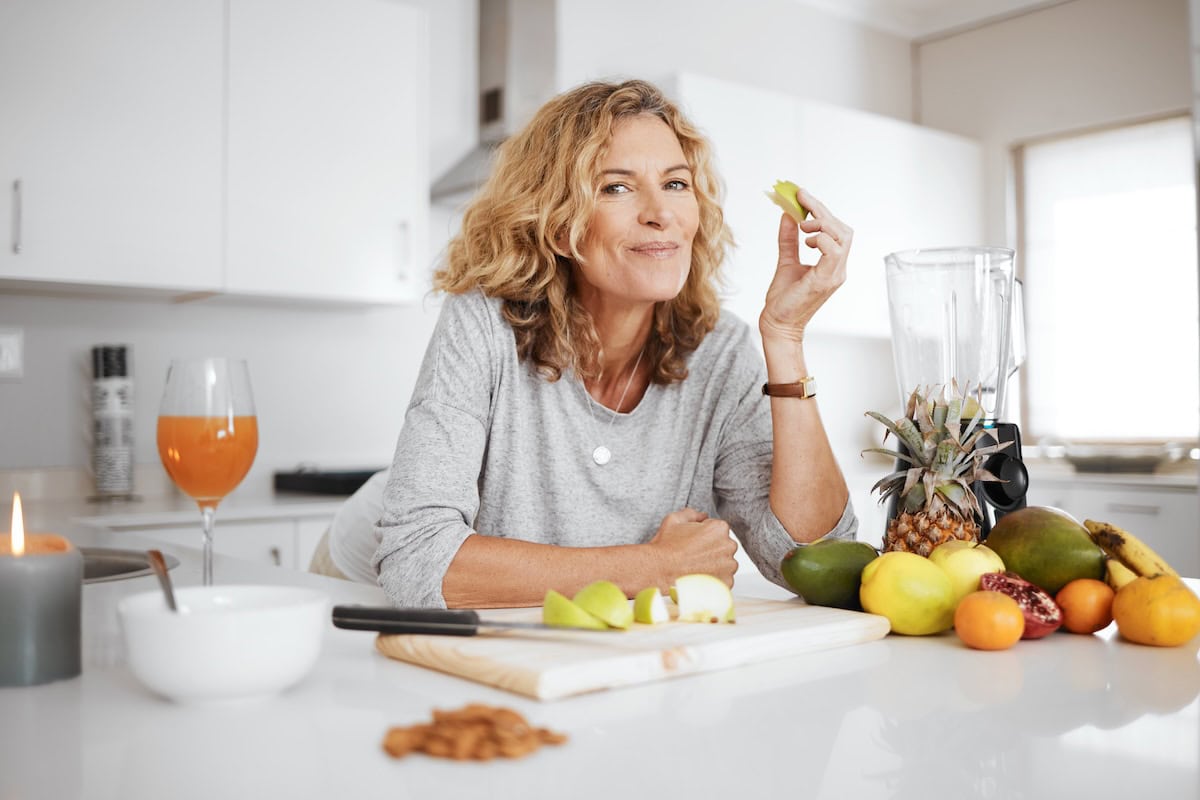
Comfort food is often associated with indulgence, but it doesn’t have to be unhealthy. For baby boomers, finding meals that are both satisfying and nutritious is essential for maintaining a healthy lifestyle.
Read it here: 12 Healthy Comfort Foods That Boomers Would Love
The 15 Worst Snacks Baby Consumers Are Still Buying
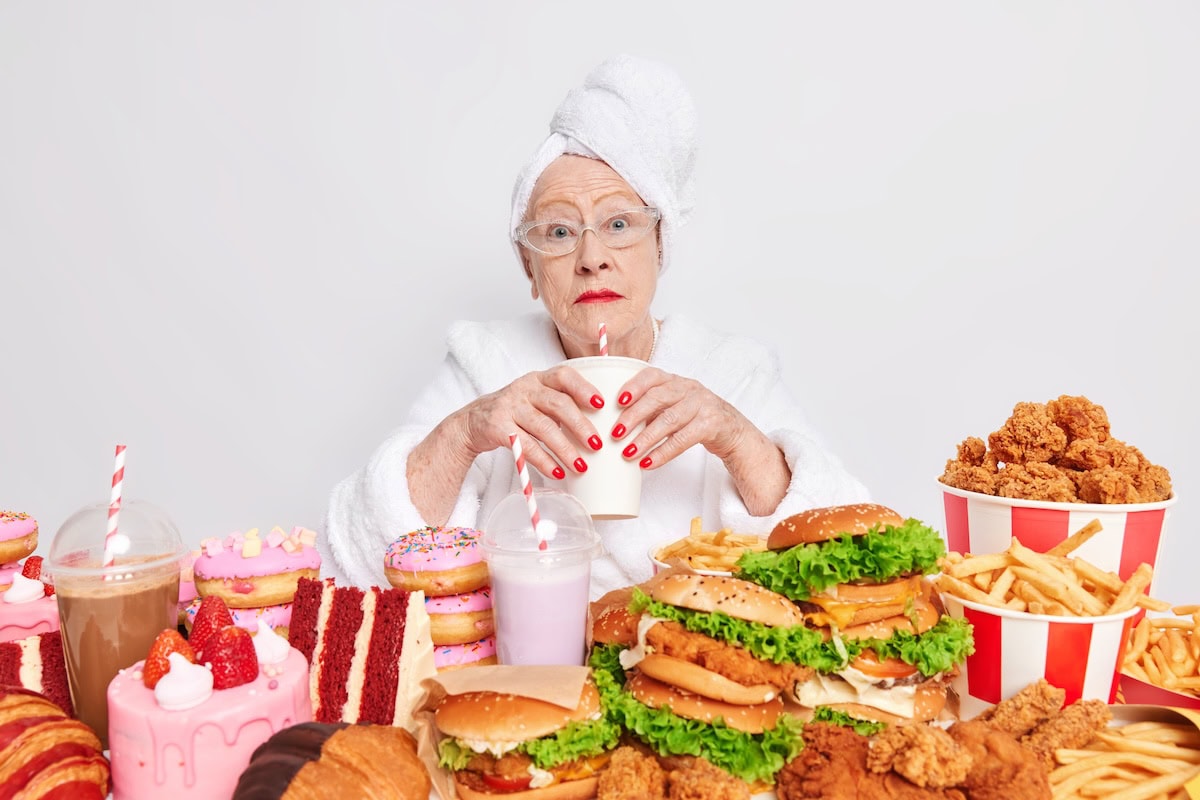
While snacking habits have evolved over the years, some nostalgic favorites from the past still linger on grocery lists. Unfortunately, many of these snacks are loaded with sugar, unhealthy fats, and artificial ingredients that don’t do our health any favors.
Read it here: The 15 Worst Snacks Baby Consumers Are Still Buying
12 Budget-Friendly Recipes That Stretch Your Grocery Dollar

When it comes to saving money without sacrificing flavor, the key is finding recipes that maximize simple, affordable ingredients. Packed with bold flavors and clever cooking techniques, each dish stretches your dollar while satisfying your taste buds.
Read it here: 12 Budget-Friendly Recipes That Stretch Your Grocery Dollar
You’ll love these related posts:
